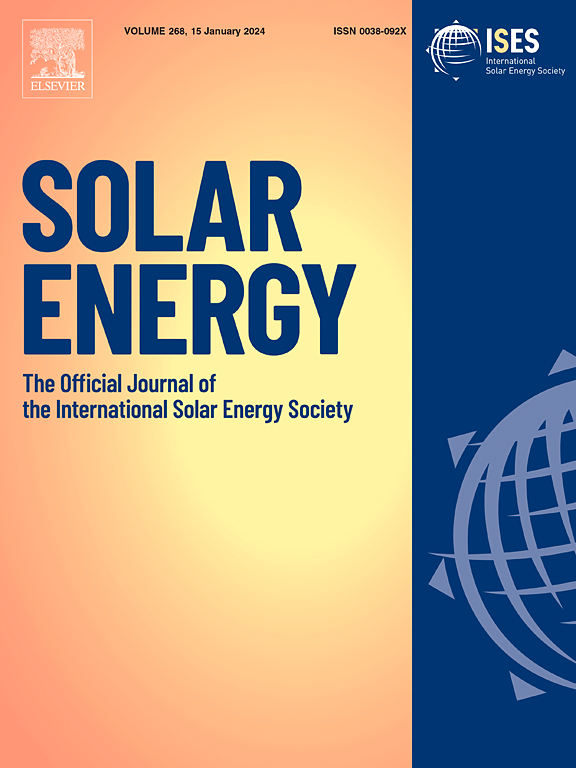Conventional sun drying and infrared convective drying of spices: A comparative evaluation on kinetics and quality
IF 6
2区 工程技术
Q2 ENERGY & FUELS
引用次数: 0
Abstract
This study aims to compare the drying of turmeric slices and mace under conventional open sun drying and novel infrared convective drying methods. Moisture content of turmeric slices was decreased from 76.5 ± 0.51 % w. b. to 7.2 ± 0.84 % w.b within 9 and 6 h under open sun drying (OSD) and infrared convective (IRC) drying, respectively. Drying time for mace under open sun and infrared convective drying were 12 and 7 h, respectively to decrease the moisture content from 55.62 ± 0.71 to 8.3 ± 0.21 %. The drying rate of turmeric under OSD and IRC were 1.2 and 3.47 gwater/gdm.h, respectively. OSD and IRC dried mace exhibited drying rates of 0.97 and 2.52 water/gdm.h, respectively. Effective moisture diffusivity during OSD and IRC drying of turmeric slices were 4.6 × 10−9 m2/s and 3.16 × 10−7 m2/s, respectively. Mace showed effective moisture diffusivities of 1.95 × 10−9 m2/s and 2.47 × 10−7 m2/s during OSD and IRC, respectively. Essential oil and oleoresin contents of turmeric slices under infrared convective drying were determined to be 6.8 % and 13.98 %, respectively. Infrared convective drying of mace obtained the values of essential oil and oleoresin contents as 7.1 % and 12.8 %, respectively. Mace under open sun drying exhibited values of 6.7 % and 11.12 % for essential oil and oleoresin, respectively. The study concluded that the nutritional components were more preserved in OSD as compared to IRC drying. The research also provides a roadmap for development of a hybrid solar-infrared dryer that can reduce the drying time with improved product quality.

求助全文
约1分钟内获得全文
求助全文
来源期刊

Solar Energy
工程技术-能源与燃料
CiteScore
13.90
自引率
9.00%
发文量
0
审稿时长
47 days
期刊介绍:
Solar Energy welcomes manuscripts presenting information not previously published in journals on any aspect of solar energy research, development, application, measurement or policy. The term "solar energy" in this context includes the indirect uses such as wind energy and biomass
 求助内容:
求助内容: 应助结果提醒方式:
应助结果提醒方式:


